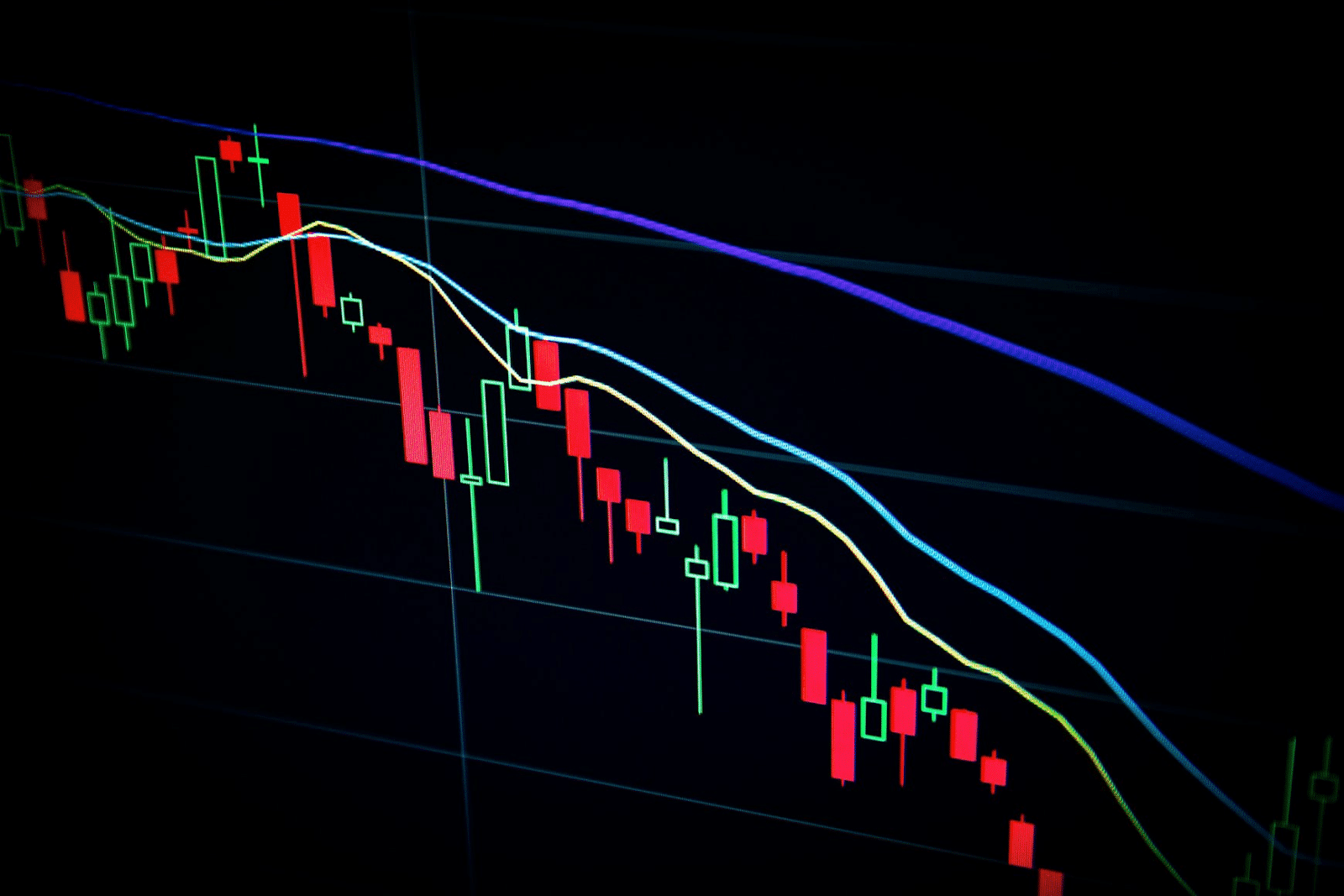Key Takeaways
- Market capitalization is a way to measure the total value of a cryptocurrency.It is calculated by multiplying the number of coins in circulation by the current price of one coin.
- It is also an indicator of a cryptocurrency’s overall health and investor confidence. A rising market cap suggests growing interest and a more substantial market.
- Large-cap coins like Bitcoin and Ethereum are considered less risky because they have a longer track record and are more liquid (more accessible to buy and sell).
Market capitalization is the most accepted way to compare the relative value of cryptocurrencies.
Bitcoin (BTC) currently has a market cap of $1.14 trillion; we calculate that by taking the number of Bitcoins in circulation (19 million BTC) and multiplying it by the current price ($70,000). However, there is a problem with that calculation.
Lost Bitcoins
Nearly four million Bitcoins are considered lost forever due to theft or negligence. Furthermore, there are a million Bitcoins in Satoshi Nakamoto’s original address that theoretically will never move.
Should We Just Apply Bitcoin’s Circulation To 14 Million Instead Of 19 Million?
It is debatable, but let us take a look at the other coins:
Ethereum (ETH)
Ethereum (ETH) currently burns its supply at a rate of 1% per year. Therefore, theoretically, its market cap should get smaller, assuming the price per unit does not increase.
XRP
Every month, a billion XRP tokens are unlocked and given to Ripple Labs to spend or sell. XRP’s market cap, therefore, increases every month regardless of whether or not its token price has changed.
Solana (SOL)
Solana (SOL) takes a different approach because of its staking rewards. As its supply grows by about 50 million tokens every year, it will also automatically climb the market cap ladder even if the price stays the same.
Newer Projects
Meanwhile, for younger projects, airdropping a large number of tokens is a way to quickly achieve a big market cap. Project teams distribute a ton of tokens for free, and then when the token debuts on the exchanges, the prevailing market price applies to the whole supply even if only a tiny portion was actually paid for.
Final Thoughts
Market caps in crypto can give you a false sense of confidence in a coin unless you fully understand what is happening behind the scenes.
























